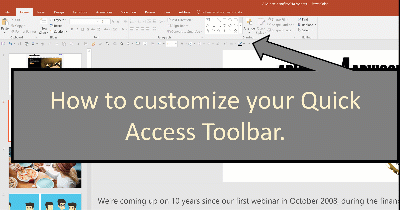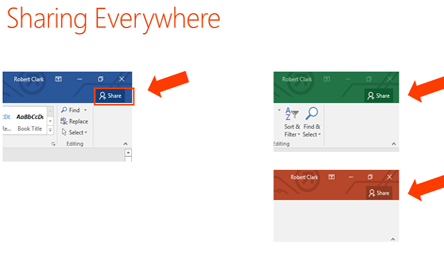Best Practices in Backing Up Your Data Hot
I am a big fan of Leo Laporte and have been watching and listening to his technology shows since the days of Tech TV (anyone remember the Screen Savers?). Leo launched Twit.tv some years back and now once again has a massive following and brings the leading pundits, thinker and developers together each week.
He frequently references the work of DPBestFlow.org, a Library of Congress project. He calls it 3-2-1 Backup (it is a process not a product). I started using this method about a year ago and have had much greater peace of mind since.
The concept is straightforward - you should have three copies of the data you seek to backup and be accessible to restore. You count one copy on your system, one copy in a backup that is easily accessible for on-demand restore, and the third copy offsite and secured.
My scenario is outlined below:
- I use a PC (HP laptop), a Macbook Air and an iPad
- I run a couple of tools to sync data between them - primarily Dropbox (for non-confidential data and files) - I do not consider this a backup - it is instead simply an extension of my hard drive which facilitates syncing to my multiple devices.
- My iPad gets backed up to the Macbook and I make a point of syncing with iTunes once weekly
For backing things up:
- I run Carbonite on each machine - this gives me the second copy in addition to what sits on my hard drives. There are a number of services you can use, including Mozy and Jungle Disk (uses Amazon's cloud storage). All solutions mentioned have both a personal and professional option to accommodate varying business requirements.
- I include the Dropbox folder (the local copy that syncs to each computer's hard drive) in the backup
- Any confidential data I store I encrypt with TrueCrypt and include it in the Carbonite backup
- Finally, I also run a once monthly backup off my main computer (the Mac) to an external 1 terabyte hard drive which gets stowed in a waterproof and fireproof safe in between backups.
In particular - this scenario works both with small operations (1-10 users) and also larger operations - as the online backup providers offer enterprise business solutions. The enterprise scenario means your data can come from multiple machines but a single dashboard is accessed to manage the backed up data. If you are in a larger operation where you have a file server in the office - the 3-2-1 still applies - and insure you have that server running a backup that is stored offline and in a secure area.
My background was in handling enterprises with hundreds or even thousands of users - and implementing backups like we are discussing here used to be economically unfeasible for small business. Now - with some basic planning - you can often have a more effective backup solution in place than many of your largest peers.









